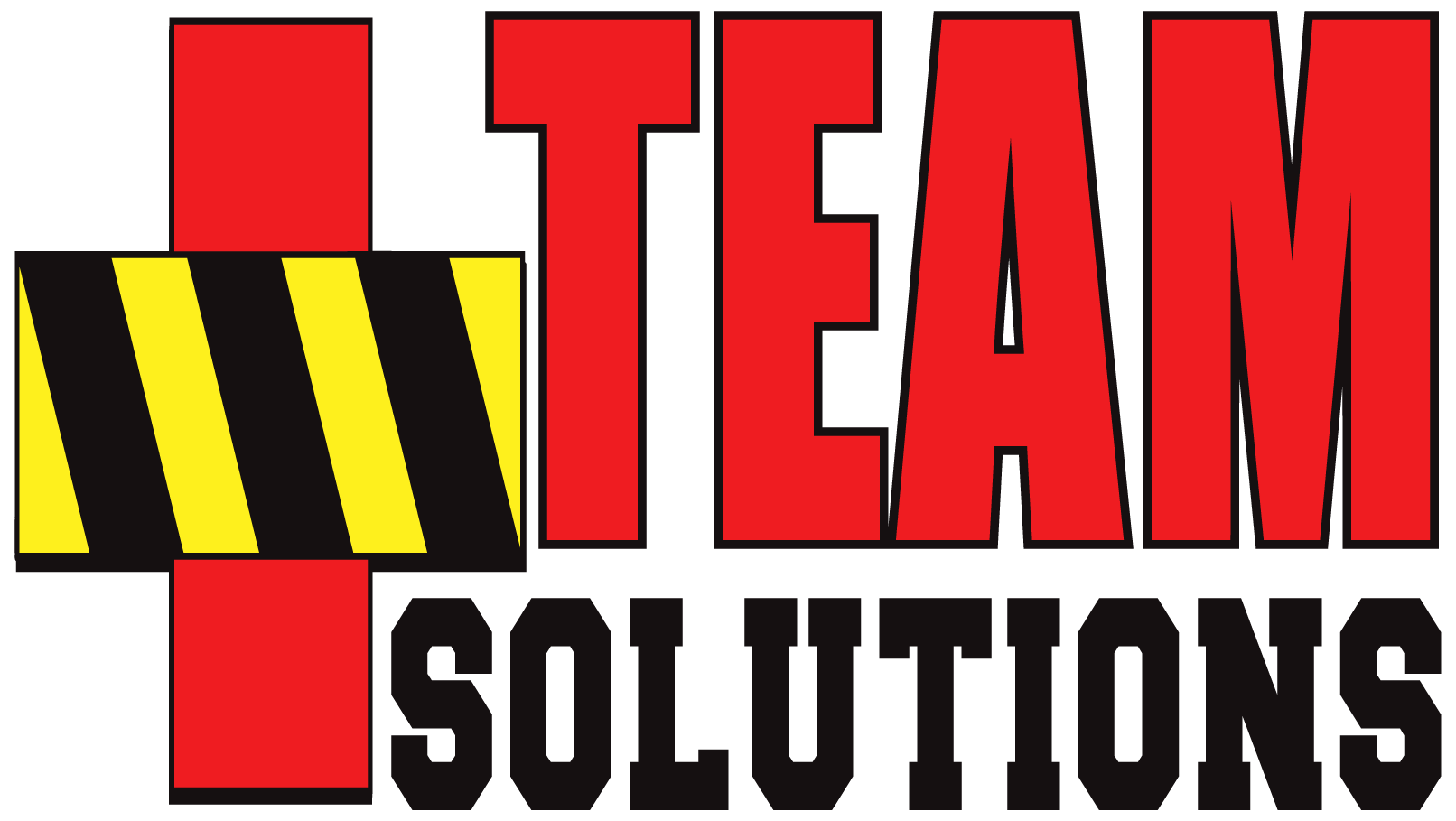CASE STUDY:
Leadership Micromanagement
Copyright TEAM-Solutions.US All Rights Reserved
BACKGROUND
The Browerville Fire Department has 24 stations so far in service to their growing community.
The Browerville Chief has been under pressure by the city manager to maintain and in some cases lower costs to maximize the funds available for the city’s growth initiatives.
DECISIONS MADE
During the chief’s regular visits to each station, the chief makes a point to address and question:
- The extra medical training supplies consumed
- The water bill being higher than normal
- The overtime paid to some of the firefighters
The captains explain that:
- The extra training supplies were to address a noted deficiency in some of the medic’s bandaging skills by doing some in-service training
- The higher water bill was because of the extra washing of the fire apparatus so that they are clean during the increased visits by the public and local politicians (including the city manager)
- The overtime was used to help mentor junior officers so that they’ll be ready to promote when the number of fire stations expands
The chief doubles-down on the cost-cutting and demands that they do more with less.
The chief requires the delivery of daily reports to his office for overtime, training supplies, and water usage by noon each day for review and feedback.
RESULTS
The firefighters begin to lose trust that the chief has their best interests in mind. The resentment they feel toward the chief continues to grow, and the productivity increases that the chief demanded begins to decrease.
- Productivity is low.
- Morale is low.
- The Browerville Fire Department is in turmoil and becomes one of the last city departments to receive budget consideration.
RECOMMENDATIONS
The chief’s extreme focus on productivity has created three (3) party fouls common to transactional leaders:
- Micromanagement
- Lack of vision
- Too much focus on productivity
The story helps to frame how those fouls can appear slowly but can grow until the ripping fibers of the organization can be heard a mile away.
The unfortunate reality is that while the execution failed, the intent may likely be valid:
- Large and growing organizations need managing, just not micro-managing.
- Near-term vision can also help sustain the long-term vision.
- Productivity that gets measured can also be productivity that gets funded.
Let’s look at some root-causes:
- Perhaps the chief was ill-equipped to be a better advocate for their department in budget meetings?
- Perhaps the chief was also personally burdened with having to provide consistent evidence of productivity?
- Perhaps the leadership environment in the whole city has inadvertently fostered a transactional approach?
- Except for a few notable exceptions, most people don’t intend to perform poorly at their job.
However, it’s also quite easy to overlook and accidentally reinforce some of these subtle, destructive behaviors until they bubble to the surface.
YOUR ACTION ITEMS
Possible Solutions:
- Assessing the path that these transactions took can help find the root.
- After unearthing the source of this transactional approach, seek to understand the WHAT and the WHY of this method.
- Suggest a combined effort to transform the WHAT and the WHY into objectives that everyone can get behind.
- Become an active leader in the transformation from the WHAT and the WHY to the result that everyone supports.
Copyright TEAM-Solutions.US All Rights Reserved

